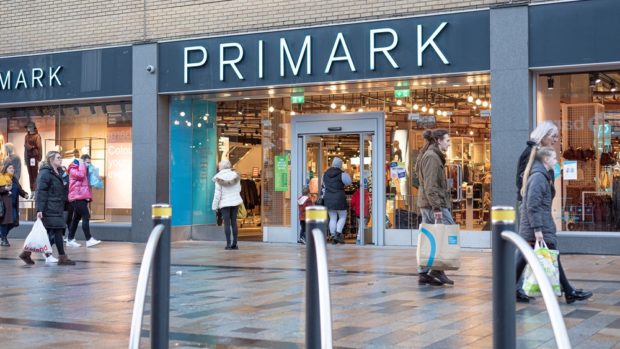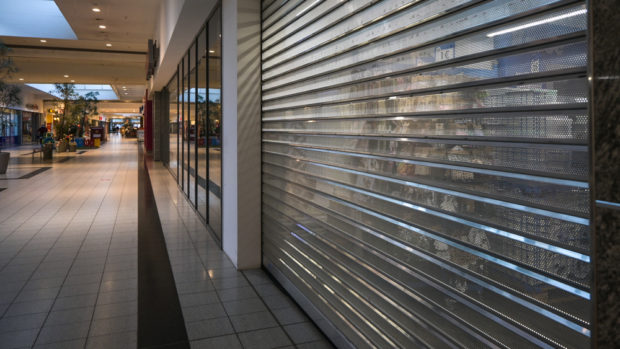
Karl Stone, Head of Voyado UK:
The retail landscape has shifted significantly in recent years, and 2023 demonstrates how turbulent it can be. From economic crisis, a ‘miserable’ summer, skyrocketing inflation and a general feeling of uncertainty among shoppers, succeeding in retail was always going to be challenging. This is evident in December’s latest ONS stats, which showed a decrease in sales volume by 3.2 per cent. The decrease is one of two surprising dips experienced at what is supposed to be ‘peak’ times in the retail calendar, the other being at the supposed height of summer in July, which turned out to be the sixth wettest summer on record. Consequently, retail sales volume fell by 1.2 per cent.
Despite some of the peak dates in the retail calendar proving unsuccessful, 2023 was more successful overall than 2022. There were some significant peaks in consumer spending in the lead-up to Spring, with February and March retail volumes increasing by 1.2 per cent and 0.90 per cent, respectively. Additionally, Voyado research revealed that 22 per cent of consumers spend the majority of their income after bills on fashion and clothes.
To be successful in 2024, retailers know they must always be ready to adapt and understand their customers; here are my top tips:
Realise the importance of an omnichannel approach.
By integrating the convenience of online shopping with the experiential aspects of offline shopping, businesses can cater to today’s consumers’ diverse needs and preferences. This also opens cross-channel options, such as offering click-and-collect services, where customers can browse and purchase products online and pick them up from a nearby store.
Make it personal.
Generic discount codes and sales no longer sweep away consumers, evident in the lack of black Friday spending. Retailers should consider making more personal benefits and discounts available to customers to win them over. Loyalty schemes are particularly significant in harnessing the power of data to provide the most personal experience and unique offers relative to that audience or person.
True sustainability is communicative and inclusive!
Sustainability is now a key factor when it comes to shopping. For example, our research showed that to be more sustainable, over a third (39 per cent) of consumers now shop locally, 28 per cent shop in-store rather than online, and a quarter (25 per cent) collect items from the store rather than having them delivered. Retailers must back sustainability initiatives with clear and effective communication efforts and work to educate consumers. One effective approach is to gamify sustainability practices – retailers can implement programmes where customers receive discounts on new purchases when they return old items or reward shoppers with points for repairing items instead of buying new ones. These initiatives should aim to make sustainability enjoyable and inclusive rather than an obligation.








Share